Can Wolverine Regrow Limbs & Can He Die? Explained
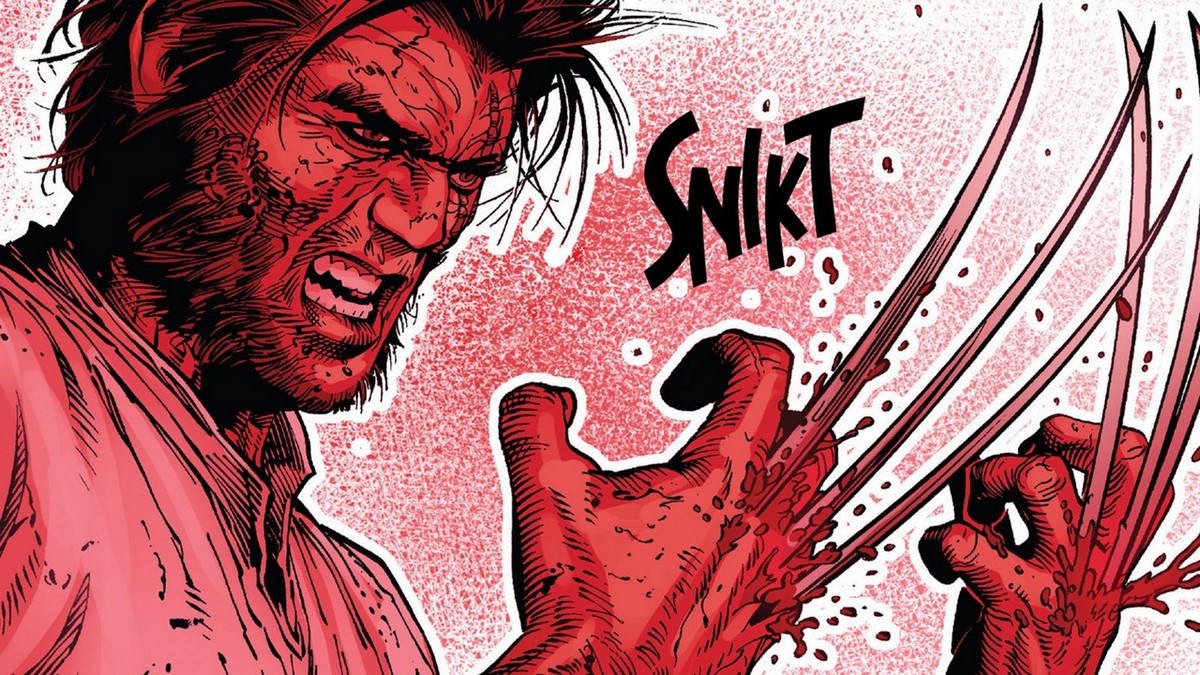
There are plenty of characters in the comics that have healing factors. It’s one of the most common abilities that allows superheroes to fight otherwordly threats without the extreme possibility of sustaining life-threatening damage and forming life-long consequences. If one Marvel character is famous for his healing factor, it’s Wolverine. He is notably hard to kill and often seems to be fighting threats far deadlier than himself, only to re-appear a few panels later, seemingly unharmed without any sort of lasting consequences. That led us to ask, can Wolverine regrow entire amputated limbs & is there a way to kill him at all?
Wolverine can grow entire limbs, organs, bones, and just about any bodily tissue that you can think of. He cannot, however, regrow his skeleton, which is made out of Adamantium. In place of metal, regular bone will regenerate. Wolverine can also be killed and has died in the comics on several occasions. However, killing him often involves gruesome measures because his healing factor often repairs the damage before it proves to be lethal.
Now that we’ve covered that Wolverine is one of the toughest nuts to crack, it’s time to analyze why. If you’re interested in more, stay with us and keep reading!
Wolverine’s body can regenerate any naturally-occurring tissue
Wolverine’s healing factor manifested when he was around 13 years old. The first indication that he was mutant was bone claws protruding from his knuckles, but the weird part was the fact that the holes from where the claws protruded would heal rapidly.
Ever since his healing factor kicked in, Wolverine wasn’t exactly careful in picking his fights and taking on the most dangerous assignments. He knew he would be able to heal in record time, even with the most severe damage. Wolverine can regrow limbs, organs, muscles, skin, connective tissues, and even brain tissues. At one point, he was shot in the head point blank and blacked out for a moment before his healing factor repaired the damage, and he returned from a comatose state.
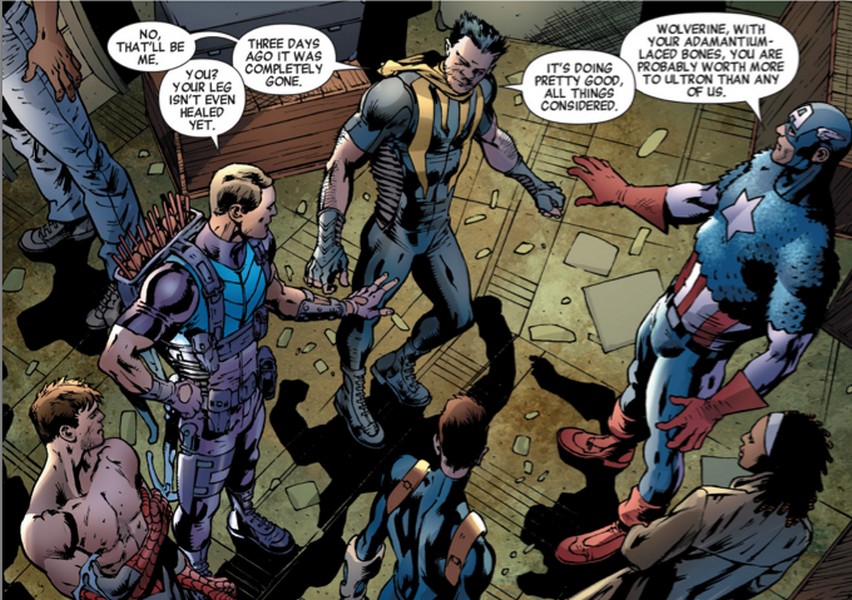
Nerve injuries are some of the most devastating, as they can leave permanent injuries that often disable otherwise healthy humans. Wolverine was seen shrugging off nerve damage as if it was nothing on several occasions.
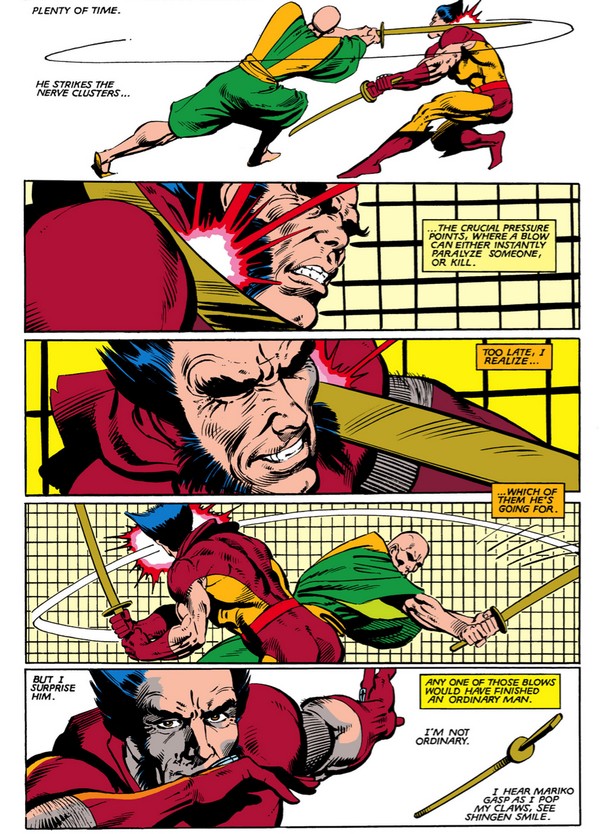
He is also highly resistant to most toxins, viruses, and bacteria, as his immune system and metabolism are far to fast to let anything slip through.
Can Wolverine regrow Adamantium skeleton?
We’ve mentioned that Wolverine can regrow almost any part of his body, but it generally doesn’t happen often that his arms or legs are ripped off, mostly due to his Adamantium skeleton. However, the catch is that Wolverine cannot regrow his Adamantium skeleton primarily because it’s not naturally occurring within him. If Wolverine’s arm was cut right off, he would be able to regrow the limb, but with ordinary bone instead of with Adamantium.
Why? Well, Wolverine’s healing factor is not magical in nature; it’s perfectly human, but due to his mutation, it’s amped up to impossible levels. Think of DNA as a blueprint. Wolverine’s DNA doesn’t recognize the Adamantium skeleton as a part of him because he wasn’t conceived with it when his “blueprint” was being generated.
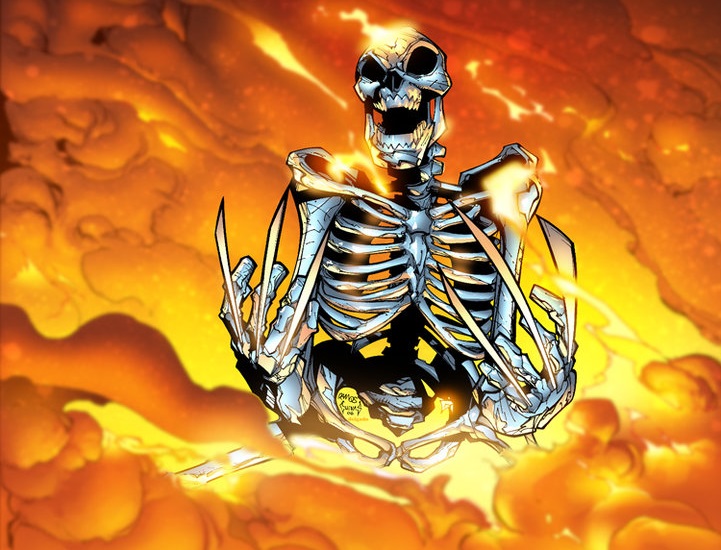
His healing factor can only regenerate what Wolverine was born with, what his blueprint indicates needs to be regenerated. It’s often theorized that Wolverine’s healing factor would be much more potent if he didn’t have Adamantium. Adamatimum slowly poisons his body and acts as a transplanted organ or foreign object. His body fights it off, but luckily, his healing factor is much faster than the poisoning that Adamantium leaves behind.
Notably, in the movie ‘Logan,’ we’ve seen Wolverine die due to the combination of damage, old age, and his healing factor slowly but surely slowing down due to several factors, including Adamantium poisoning that over the years became too extensive.
As far as Wolverine’s claws go, he would be able to regenerate them, but they wouldn’t be made out of Adamantium but rather out of ordinary bone.
Can Wolverine die? How?
Wolverine can die, but the damage needs to be fast enough and extensive enough to override his healing factor before it kicks in and heals the damage.
It’s theorized that the easiest way to kill Wolverine is through asphyxiation. His enemies both attempted to drown him, or he was covered with a vat of molten Adamantium, the latter of which proved to be successful for a few years until he was resurrected.

Wolverine was also “permanently” killed while exposed to the Sun. That amount of solar energy annihilated him on a molecular level, which proved deadly enough to stop his healing factor right in its track. Wolverine was once again brought back to life, but this time through Mutant Resurrection Protocol, which warranted a new body and new coating of Adamantium.
But other than those instances, it’s very rare for Wolverine to come even close to succumbing to physical damage. I mean, the guy tanked World War Hulk’s punches. He managed to resurrect from only his skeleton being left intact. He also survived being punched into orbit, and he sustained no long-term damage.
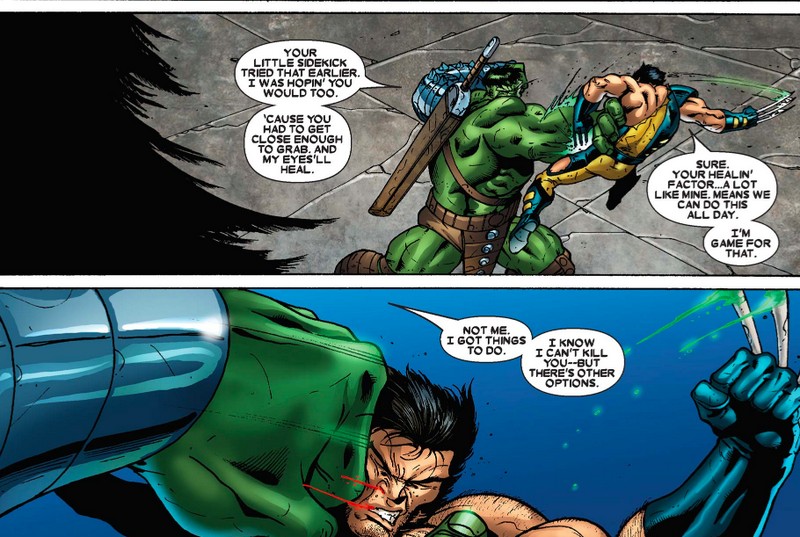
Can Wolverine die of old age?
Wolverine can technically die of old age, even though his healing factor drastically slows down his aging, and even though he is over a century old, he still appears to be in his prime. Still, Wolverine is technically not immortal and will eventually succumb to old age. Once again, we’ve seen something like that happening in live-action when Logan, as Old Man, died due to a combination of age, damage, and extremely slowed-down healing factor.
Have something to add? Let us know in the comments below!

